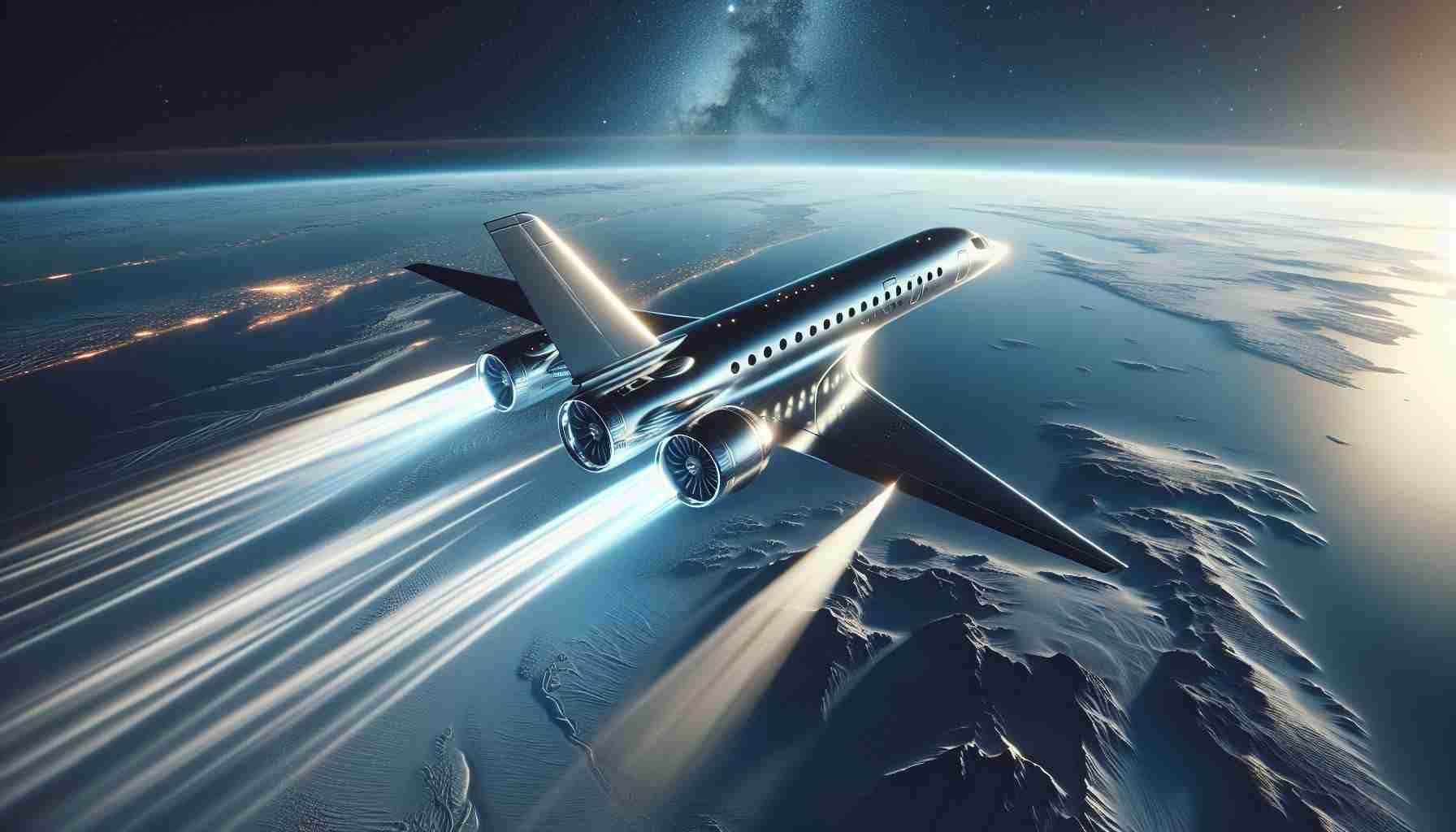Croatia Strengthens Its Air Defense with French Rafale Fighters
The Croatian Air Force has received its seventh Rafale fighter jet, continuing the modernization of its military aviation capabilities. This acquisition is part of a significant effort to retire their older Soviet-era MiG-21 jets that have been in service since Croatia’s independence in 1991. The ongoing delivery of these advanced multi-role fighters marks a transformational change to bolster national security.
The Rafale jets, manufactured by the French company Dassault, were chosen over other formidable contenders, such as the American and Israeli F-16s and the Swedish Jas 39 Gripen, due to their impressive capabilities. The selection was made in 2021, highlighting Croatia’s strategic shift towards enhancing its deterrence posture.
Each new Rafale is arriving monthly, with the final deliveries expected by the second quarter of next year. The Croatian defense agency emphasizes their commitment to sticking to the delivery timeline, instilling confidence in the defense community about the project’s success. Alongside the aircraft, Croatia will also receive valuable equipment, training, and spare parts to fully integrate the Rafale into their air force.
Croatia’s defense initiatives don’t stop at the Rafale acquisition. They also include other sophisticated military technologies such as Bayraktar drones, Leopard 2 A8 tanks, and the HIMARS missile systems. This comprehensive upgrade is aimed at securing Croatian territory in an increasingly unstable global security environment. As modernization continues, the Croatian military is set on ensuring robust defense capabilities for years to come.
The Future of Air Defense: Rafale Jets and Their Impact on Military Innovation
In a world where technological advancements are reshaping military dynamics, the integration of Rafale fighter jets into Croatia’s air defense system represents more than a simple upgrade. These jets are a beacon of modern warfare technology, featuring cutting-edge innovations that set new precedents for air defense strategies globally. But what exactly makes the Rafale such a game-changer?
The Technological Edge of Rafale Fighters
Manufactured by Dassault Aviation, Rafale jets are equipped with state-of-the-art systems, including advanced radar technology, electronic warfare capabilities, and superior stealth features. A standout feature is the Active Electronically Scanned Array (AESA) radar, which can track multiple targets over long distances, providing tactical superiority in both offensive and defensive operations. Additionally, the SPECTRA electronic warfare system offers real-time threat analysis and protection, making the Rafale a versatile choice for modern air forces.
Advantages and Disadvantages
The Rafale’s technological prowess extends Croatia’s strategic capabilities, offering several advantages:
– Enhanced Deterrence: The acquisition of Rafale fighters significantly boosts Croatia’s deterrence posture, projecting power and reducing the likelihood of external threats.
– Superior Air Combat Efficiency: With their advanced avionics and weaponry, Rafales push Croatia’s air combat capabilities to a new frontier.
– All-Terrain Adaptability: Designed for all kinds of missions, Rafales excel in diverse environments, from air superiority to ground attack.
However, the drawbacks cannot be ignored:
– Financial Strain: The high cost of acquisition and maintenance can put pressure on smaller national budgets.
– Dependency on Foreign Technology: With reliance on French technology and training, there could be logistical challenges if diplomatic tensions arise.
Controversies and Strategic Choices
Despite its capabilities, the decision to opt for Rafale over contenders like the F-16 or Jas 39 Gripen stirred debate. Critics argue whether the procurement was the optimal choice in terms of cost-versus-capability ratios. Moreover, the broader implications of aligning with French military technology could affect Croatia’s geopolitical stance.
Impact on Global Military Technology Development
Croatia’s decision highlights broader trends in military acquisitions and innovation globally:
– Shift Toward Multi-Role Fighters: As technology evolves, versatility becomes paramount, with aircraft like the Rafale serving as multi-role platforms adaptable to various missions.
– Technological Arms Race: Countries are increasingly investing in advanced military technologies to keep pace with global powers, driving rapid technological advancements.
FAQs on Rafale Jets
– Why did Croatia choose Rafale over F-16s? The Rafale was selected for its superior multi-role capabilities, advanced avionics, and comprehensive support package, despite the F-16’s proven track record.
– What other technologies are being integrated into Croatia’s defense? Alongside Rafales, Croatia is incorporating Bayraktar drones, Leopard 2 A8 tanks, and HIMARS missile systems to modernize its military infrastructure comprehensively.
The acquisition of Rafale fighters signals a pivotal shift in Croatia’s defense strategy, poised to resonate within regional and global military frameworks. This move not only strengthens national security but also influences the trajectory of military technology development worldwide.
For more information on Rafale fighters and other military advancements, visit Dassault Aviation and Boeing for insights into multi-role aircraft capabilities.







